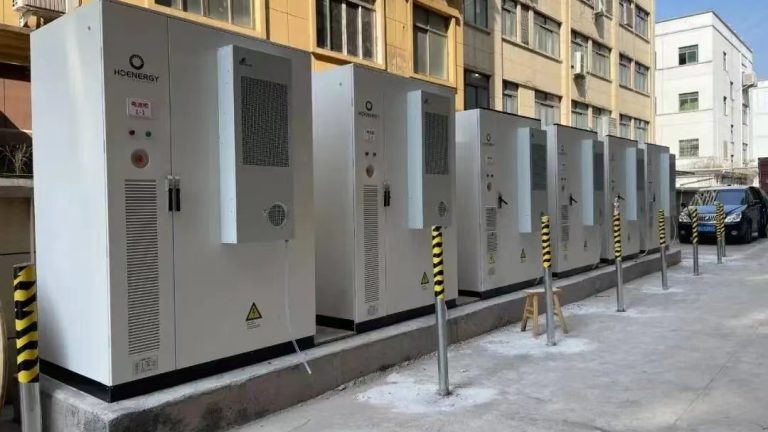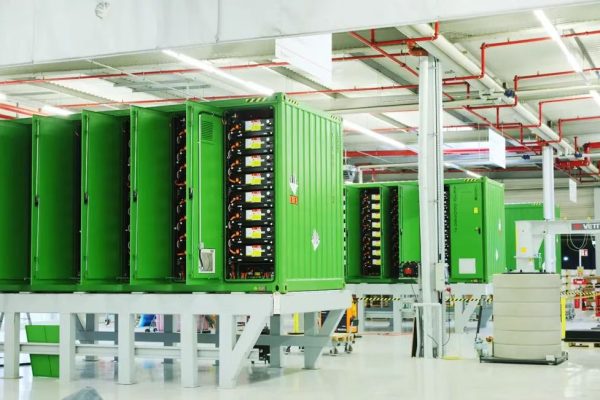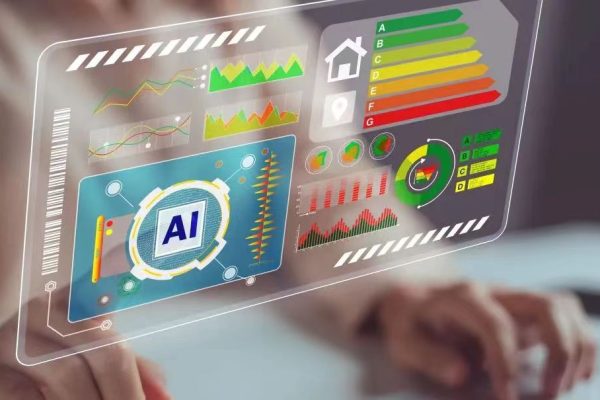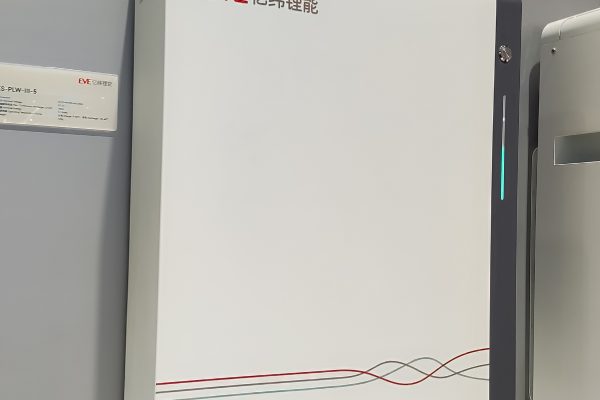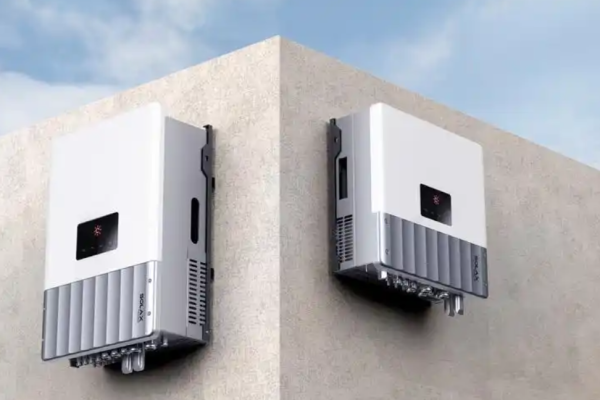How to Avoid Delays, Mismatches, and Cost Overruns in Hybrid Projects
When sourcing combined PV + ESS (energy storage system) solutions — especially for small and mid-sized projects — logistics planning is often underestimated. However, the complexity of hybrid shipments can lead to significant delays and mismatches if not handled properly.
This article provides a step-by-step guide to planning the logistics of solar + storage systems, focusing on:
- Coordinating shipments of multi-component systems
- Managing delivery timelines to match installation schedules
- Avoiding common mistakes in hybrid system logistics
- Tips for technical traders, EPCs, and overseas buyers
Whether you’re sourcing a 5kW residential hybrid system or a 100kW C&I solar + battery kit, smooth logistics is critical to project success.
1. What Makes Solar + Storage Shipments Complex?
Unlike single-product logistics, solar + ESS systems typically include:
| Component | Logistics Notes |
|---|---|
| PV Modules | Fragile, bulky, usually on pallets |
| Inverters | Often heavy, require safe stacking |
| Batteries | Dangerous goods (DG), need UN3480/3481 compliance |
| Racking & BOS | Long steel/aluminum profiles, awkward to palletize |
| Cables, connectors | Often small but easy to miss |
| Monitoring devices | May arrive separately from inverter suppliers |
This variety creates challenges in:
- Weight distribution and packing
- DG documentation and handling
- Customs classification and inspection
- Coordinating multi-origin supply chains
2. Planning Starts at Quotation Stage
Logistics isn’t something you figure out after placing the order. Smart technical traders and EPCs start early:
Key Questions to Ask Suppliers:
- Will all components ship from one warehouse or multiple locations?
- What are the lead times for each major component (PV, inverter, battery)?
- Can battery and inverter ship together, or do they require different carriers?
- Are certifications (MSDS, UN38.3, packing declaration) prepared in advance?
- Do any items require pre-export inspection in China (CCIC, etc.)?
By integrating logistics considerations into your sourcing strategy, you avoid last-minute surprises.
3. Consolidated Shipment vs. Split Delivery
For hybrid systems, you often face a choice:
| Option | Pros | Cons |
|---|---|---|
| Consolidated shipping | Lower freight cost, everything arrives together | Delay if any item is late or stuck in customs |
| Split shipment | Faster deployment, critical items ship first | Higher cost, more tracking and paperwork |
Tip:
Split shipments work well when PV modules and racking need early site prep, while batteries arrive just before commissioning.
4. Battery-Specific Handling: What You Must Know
Lithium batteries are regulated under UN3480 (battery only) or UN3481 (battery with equipment). Shipping these involves:
- Special dangerous goods labeling
- MSDS, UN38.3 test reports, and air/seafreight declarations
- Proper inner cell packaging and fire-resistant outer boxes
- Limitations on air transport (often forbidden over 10kWh)
Typical Pitfalls:
- Incomplete paperwork → customs clearance delays
- Mixed battery types on same bill → rejection
- Air shipping attempted for high-capacity units → blocked by carrier
A good supplier will pre-advise how the battery will ship and provide you with all documents before booking.
5. Planning Container Space and Loading
A typical 20ft or 40ft container used for hybrid systems must balance volume and weight.
| Component | Loading Notes |
|---|---|
| PV Panels | ~10–12 pallets per 40ft HQ (typical 550W–600W) |
| LFP Batteries | ~20–25kWh per floor cabinet, 600–800kg each |
| Hybrid Inverters | Typically 25–35kg per unit (5–10kW) |
| Mounting Systems | Long bars, stack along container wall or bundled tightly |
| Accessories | Use remaining space efficiently (cartons in between cabinets) |
Always request a container layout diagram for large projects. In some cases, batteries are packed on the floor, while PV modules are stacked vertically along the side.
6. Timing Coordination with Site Work
One of the most overlooked logistics failures is misaligned arrival time.
Common Scenarios:
- Modules arrive before racking → no installation possible
- Batteries arrive too early → no secure indoor storage yet
- Cables/connectors arrive last → entire job delayed
- Site civil work not ready → equipment stuck in warehouse
Planning Tips:
- Share a site readiness schedule with your supplier
- Use Incoterms like DAP or FOB appropriately
- Always buffer 7–10 days for customs or inland transport
- If installing in remote regions, arrange local offloading tools (forklifts, cranes)
7. Regional Considerations
Certain regions have special logistics considerations:
| Region | Notes |
|---|---|
| Africa | Long lead times, inland transport challenges, port congestion |
| Middle East | High temperatures → battery packaging must prevent heat soak |
| Island Nations | Battery air shipment often blocked → only small systems allowed |
| Southeast Asia | Potential customs inspections for lithium; harmonize HS codes in advance |
Always verify import regulations and duty rates before finalizing product models. For example, importing “inverter + battery” may be taxed differently than “hybrid system” as a whole.
8. Communication Between Stakeholders
Hybrid project logistics typically involve:
- System integrator
- Battery/inverter supplier
- Freight forwarder
- EPC or installer
- Site manager
To avoid confusion, set up a shared delivery tracker (even a spreadsheet works). Include:
- PO numbers
- ETD / ETA per item
- Consignee details
- Key certificates (MSDS, invoice, packing list)
For mid-sized projects, appointing a logistics coordinator can save time and cost.
9. What You Should Confirm Before Shipping
Here’s a quick checklist before your system is loaded:
✅ Final product list matches your approved BOM
✅ Battery/inverter compatibility confirmed
✅ All certifications ready (UN38.3, CE, MSDS, CO if needed)
✅ Shipping labels correct (especially DG markings)
✅ Container booking matches expected arrival time
✅ Spare fuses/cables included if specified
✅ Customs HS codes declared properly
✅ Documents sent to consignee 48h before arrival
10. Your Role as a Technical Trade Partner
Clients rely on your ability to deliver not just a solution, but the right components, in the right order, on time.
You add value when you:
- Flag potential delays at quoting stage
- Offer consolidated or staggered delivery options
- Pre-check site readiness and packaging needs
- Clarify battery shipping limits and certifications
- Provide visual BOMs and part-by-part loading advice
In short, you don’t just sell “solar + battery kits” — you help projects arrive ready to succeed.
Summary
Combined PV + ESS projects are logistically sensitive, especially at the small-to-mid scale where every day of delay matters. By proactively managing documentation, shipment planning, and delivery timing, you eliminate many common issues that derail project execution.
Whether you’re serving a rural installer or an international EPC, your ability to anticipate logistics risks and coordinate clean deliveries sets you apart from traditional traders.





